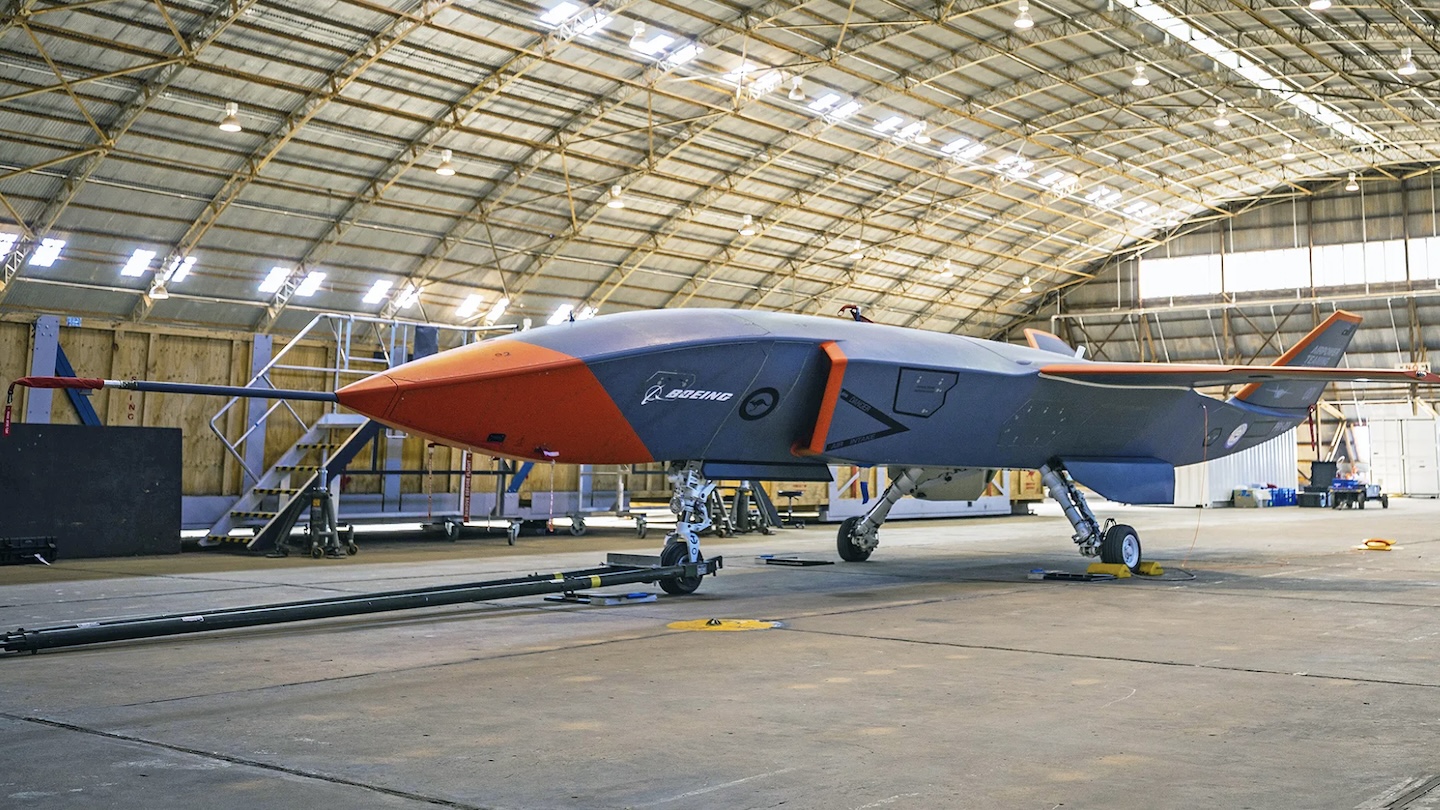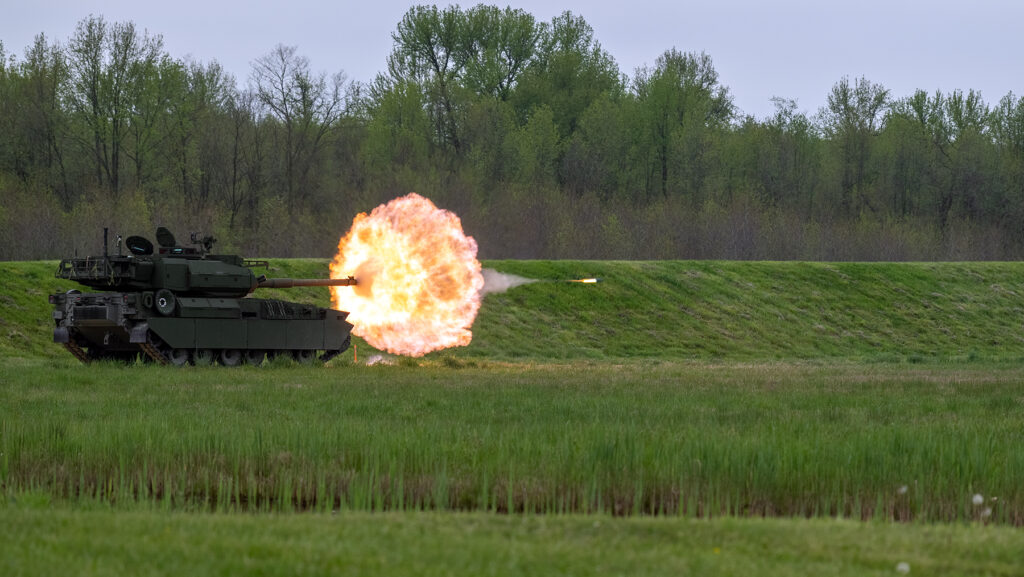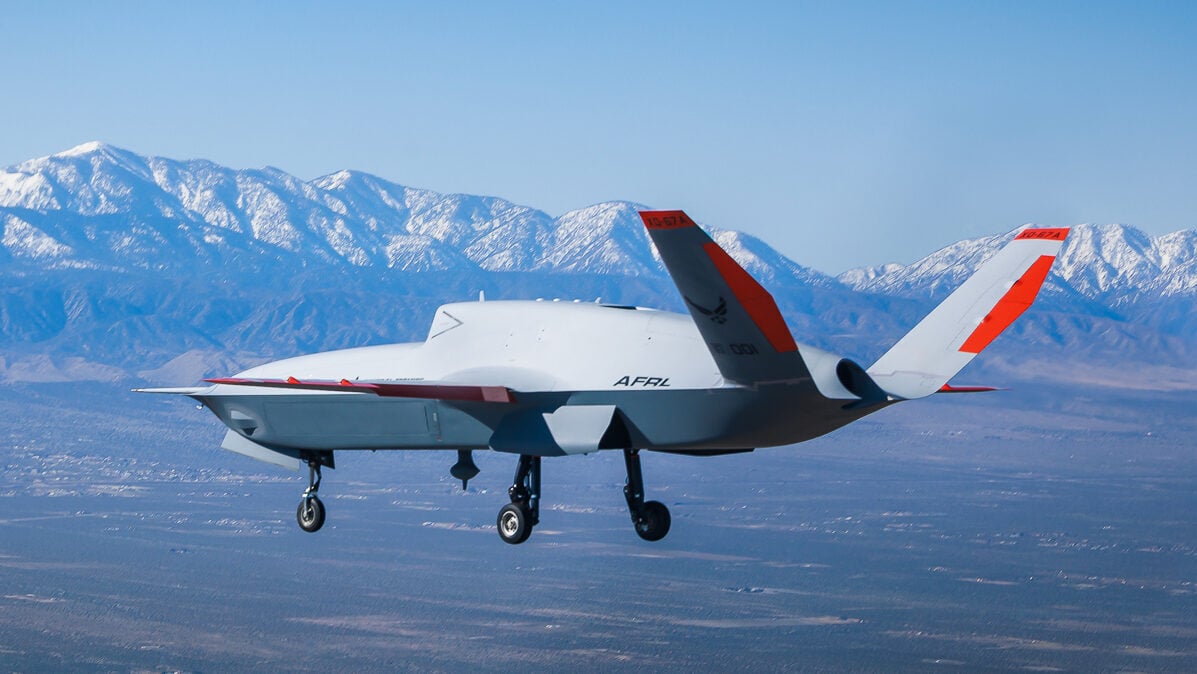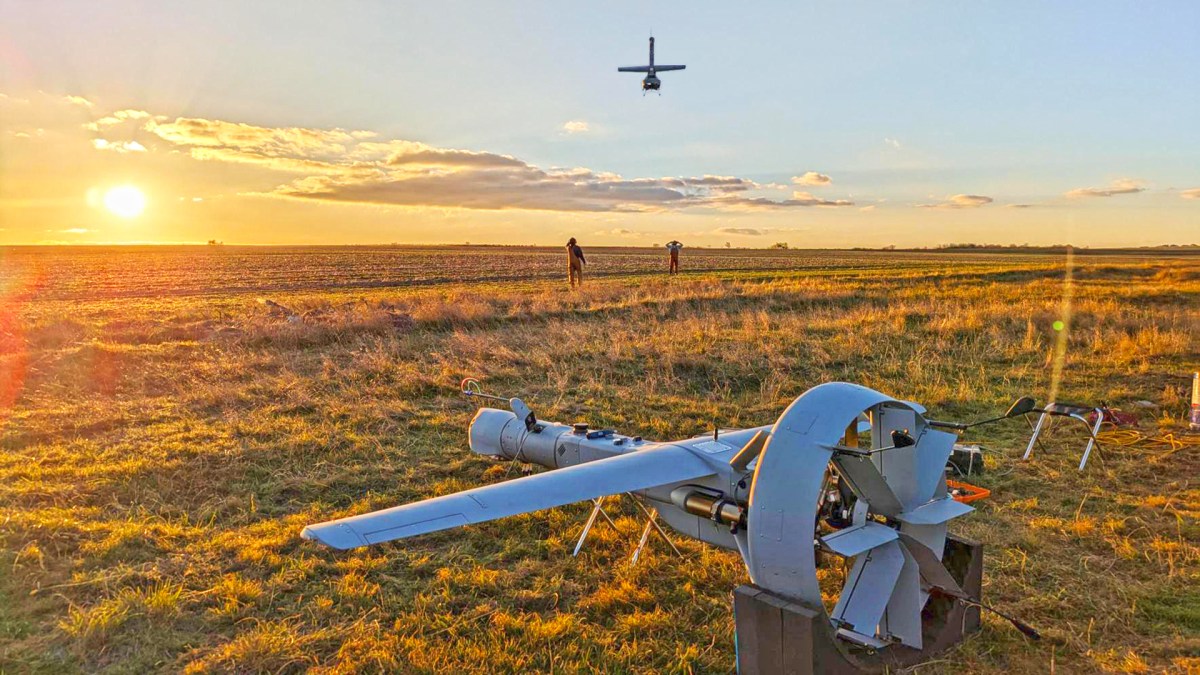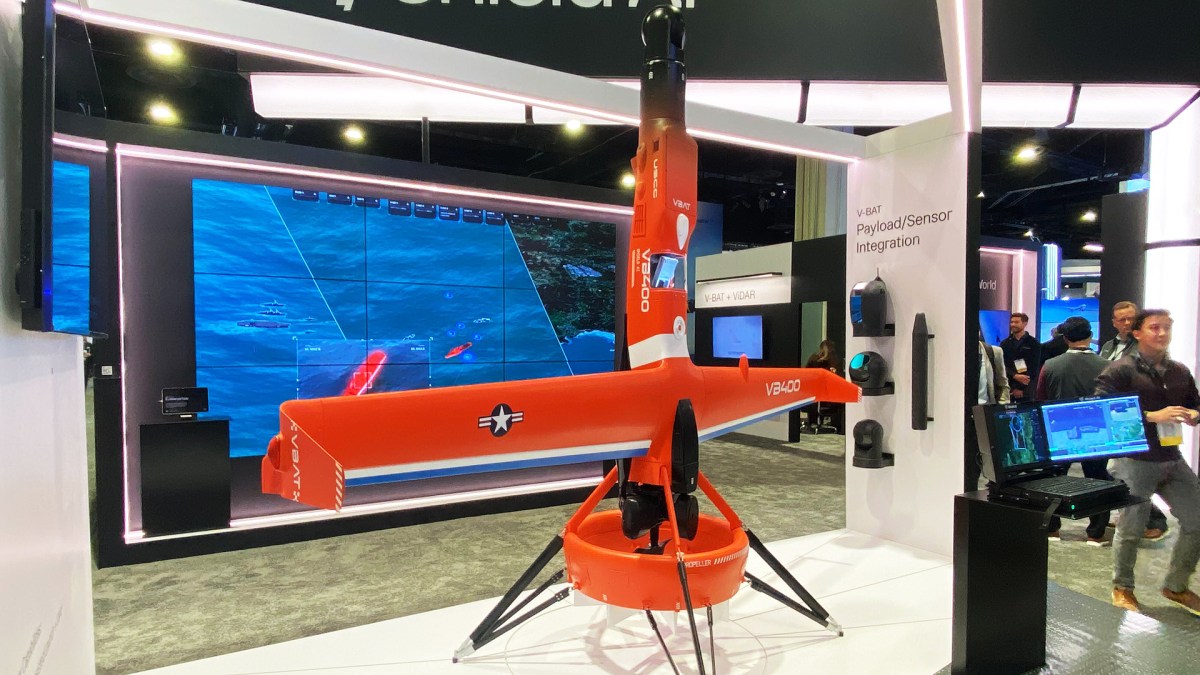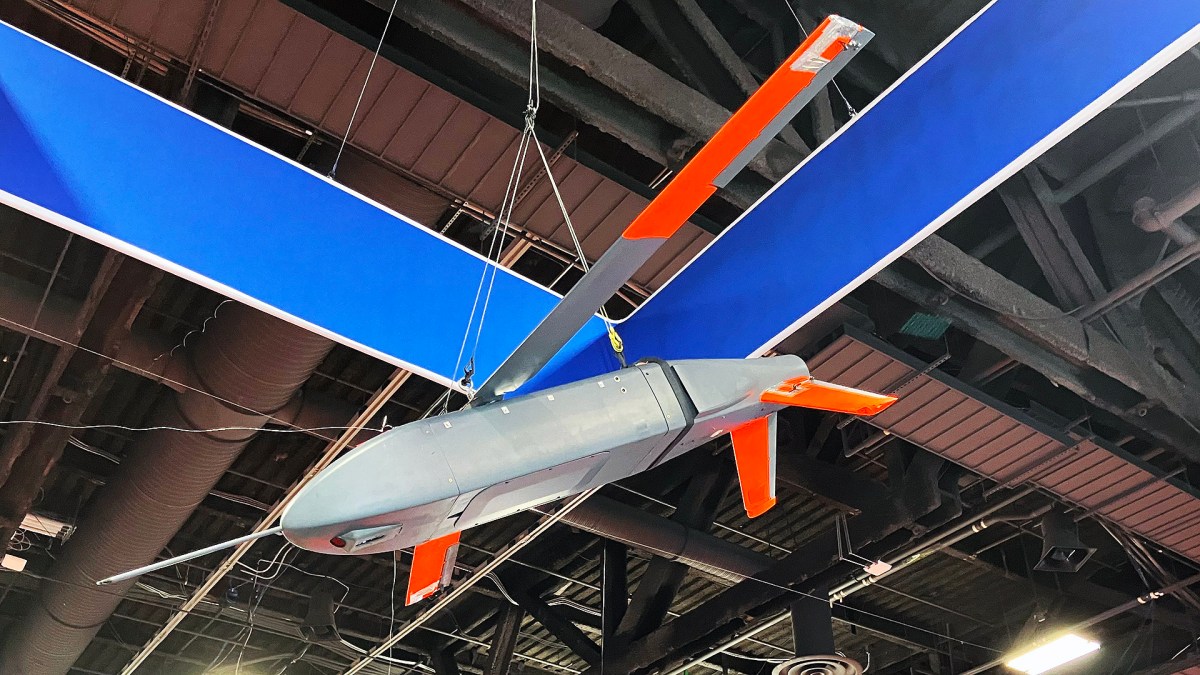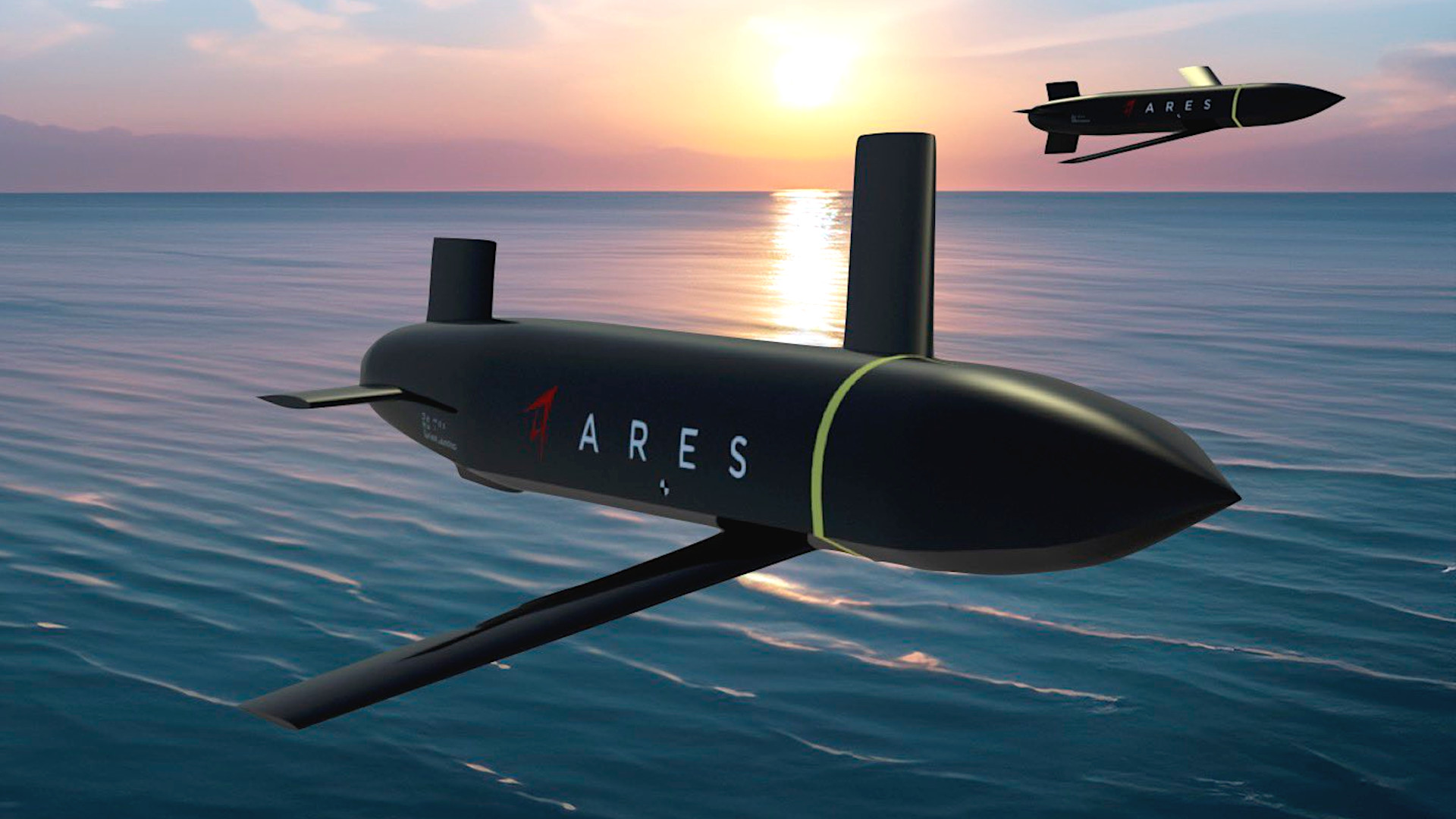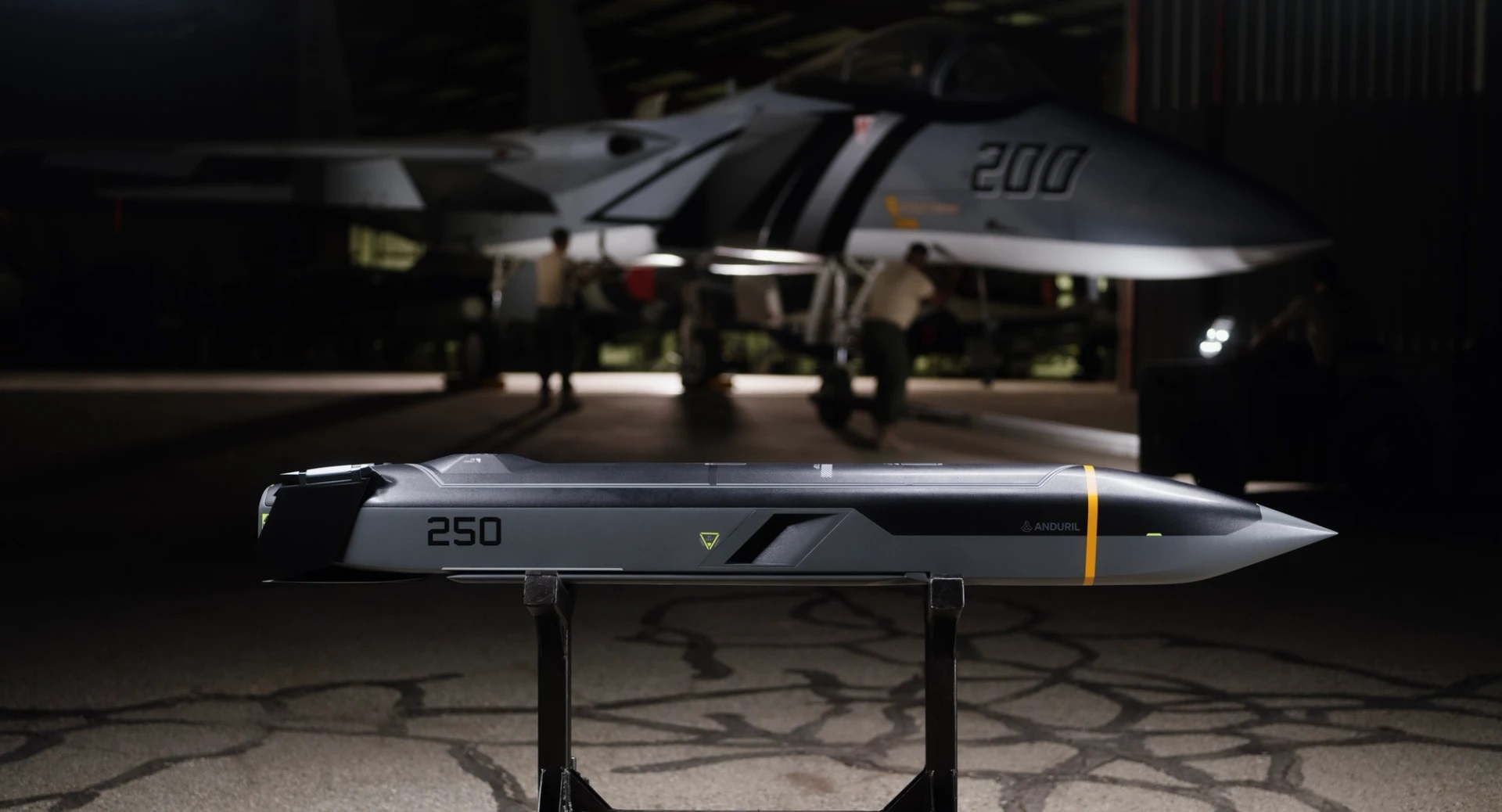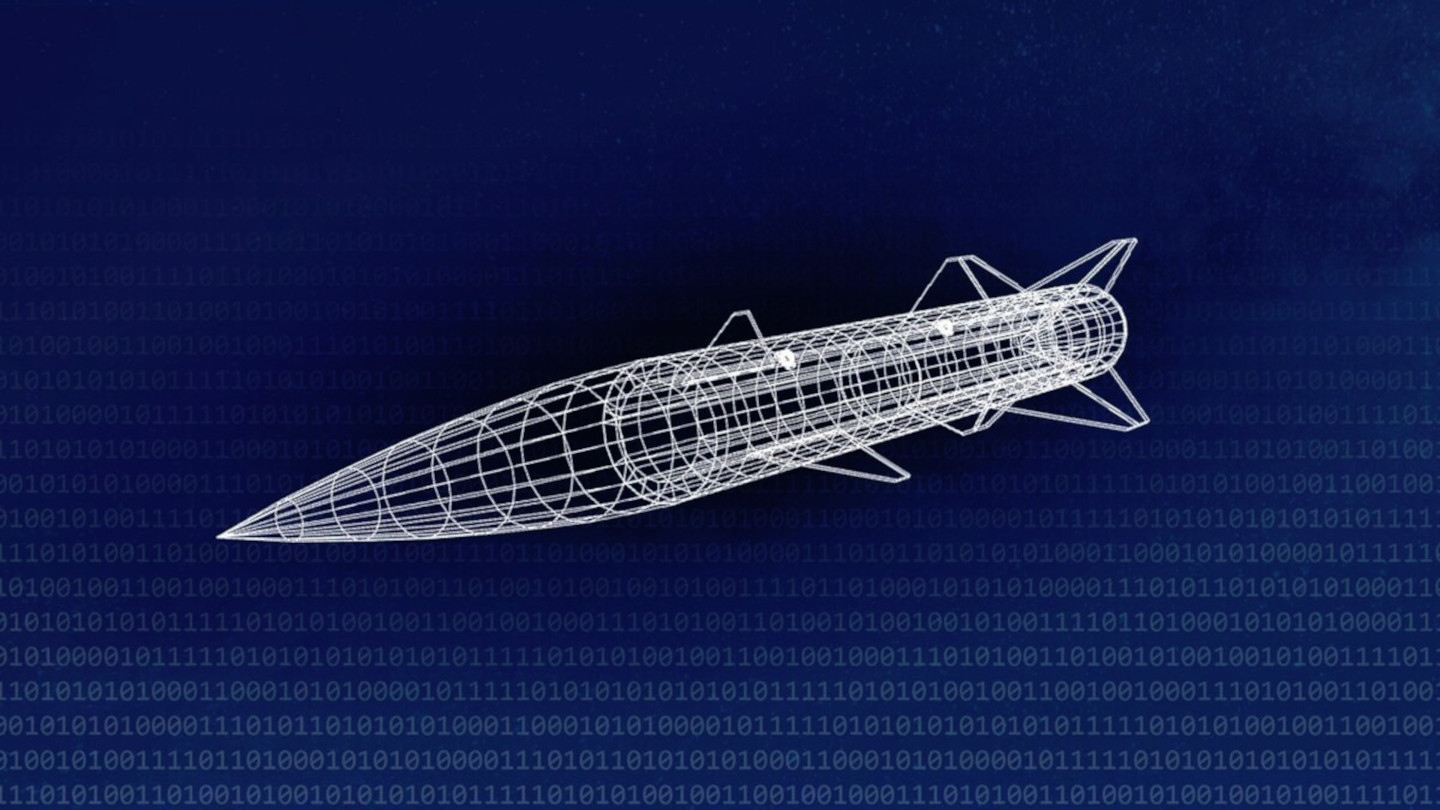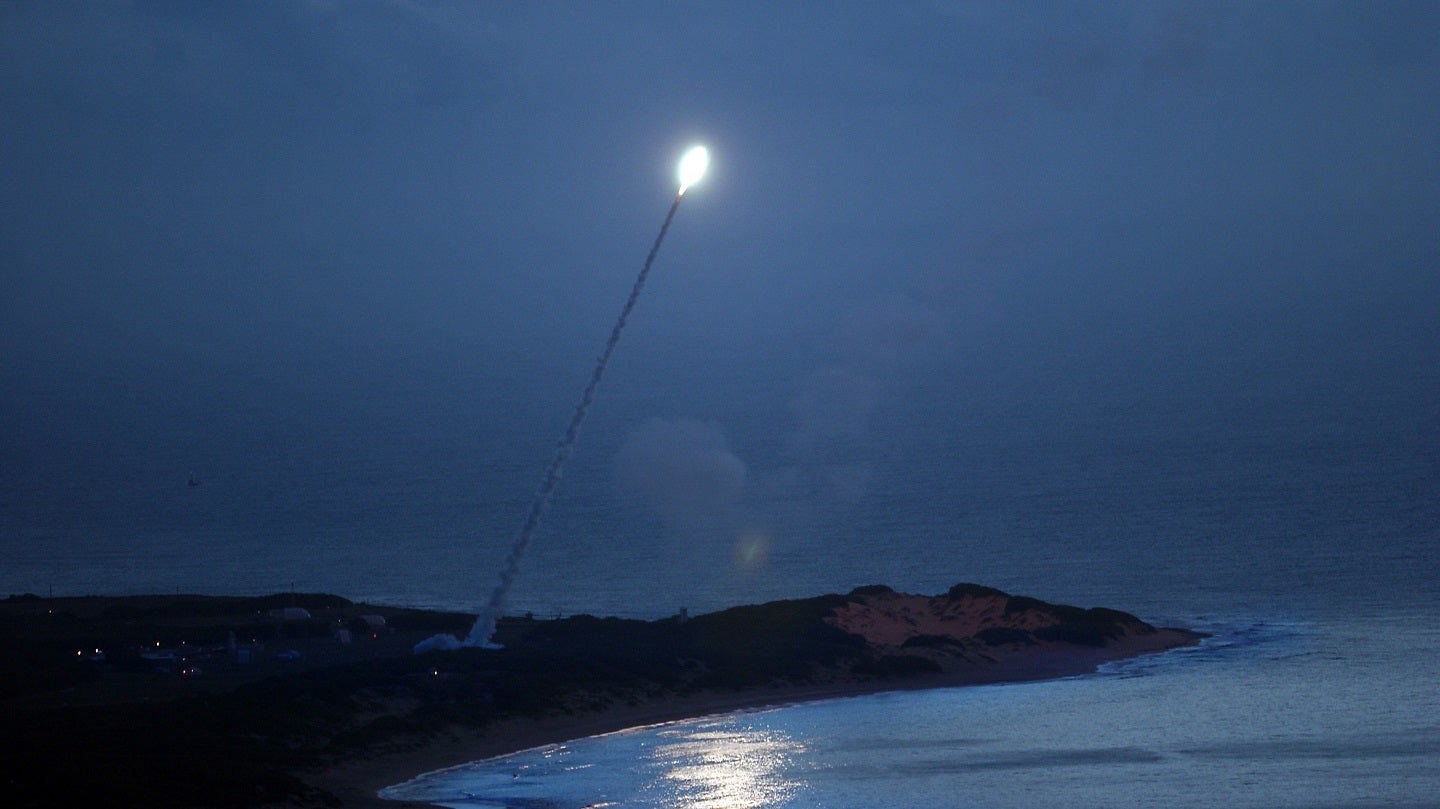A couple of articles, US Army and US Air Force, tending towards the least cost solution.
“I think you'll see a range of options, from low end to potentially more exquisite,” Air Force Maj. Gen. Joseph Kunkel said of forthcoming tranches of drone wingmen. “I tend to think that it's probably going to be closer to this low end thing when we start looking at the further CCA increments.”

breakingdefense.com
“We need to do it at a price point that is ridiculously low: We don't need the Gucci cameras and everything else,” said Army Futures Command head Gen. James Rainey.

breakingdefense.com
The Air Force in particular has been trending towards the exquisite. Now they are starting to edge back towards the "good enuff". They are starting to appreciate the value of mass.
70% solutions. A Harvard business article some years ago pointed out the difference between the Infantry/Marine officer and the Air Force/Navy officer. The latter was conditioned to minimize risk and do what they could to protect the national investment in the kit issued to them - planes and ships. Conversely the infanteer was conditioned to accept loss and act in the absence of complete situational awareness. They were content to go with 70% solutions and not wait for the 100% solution to be offered to them on a platter.
Perhaps there is a developing mass of "good enuff" supporters in the US Air Force (the Navy too?) that sees the benefit of throwing more targets at the enemy than the enemy has bullets. Start disregarding the loss rates.
I find it interesting that one of the leaders in the "drone" races is a company that has made a career out of supplying low cost targets that mimic the actions of the multi-million dollar / billion dollar aircraft. The mimics are designed to be cheap enough that they can be shot out of the sky and not destroy the budget.
The US Army now seems to be emphasizing the production of thousands of targets that can be used to challenge its platoons. They don't need intelligent targets. They just need bullet traps that will engage its own troops guns until they run out of ammunition. Then they can send in the smart munitions.
....
Looking back from here I suggest that the Tomahawk presaged the death of the manned aircraft. In my view all of the CCA variants are now just long range derivatives of the Tomahawk. Tomahawk defined the compact profile that permitted numbers to be carried in and launched from multiple platforms. They solved the problem of navigation over long distances (1500 km). They solved the problem of not only precise delivery to a co-ordinates but also the ability to discriminate between targets in the target area using millimeter wave active radar homing. And they did that for under 2 MUSD a copy.
Now the problems are to increase the range and the speed. And to mix and match them with decoys and bullet traps.
10 F35Bs cost 1 BUSD.
1 BUSD will buy 500 Tomahawks/Kratos CCAs.
And the money saved on pilots, ground crews, ships and airfields will pay for an awful lot of MALDs, AIM120s and SDBs that can be carried by those CCAs.
...
Machine guns, grenades and mortars didn't put the guns out of business but it did change the role of the guns (howitzers instead of field guns) and the role of the bombardiers (some of them flew and some of them learned how to use radios).




